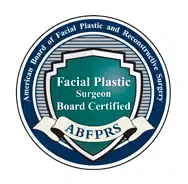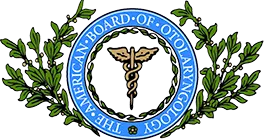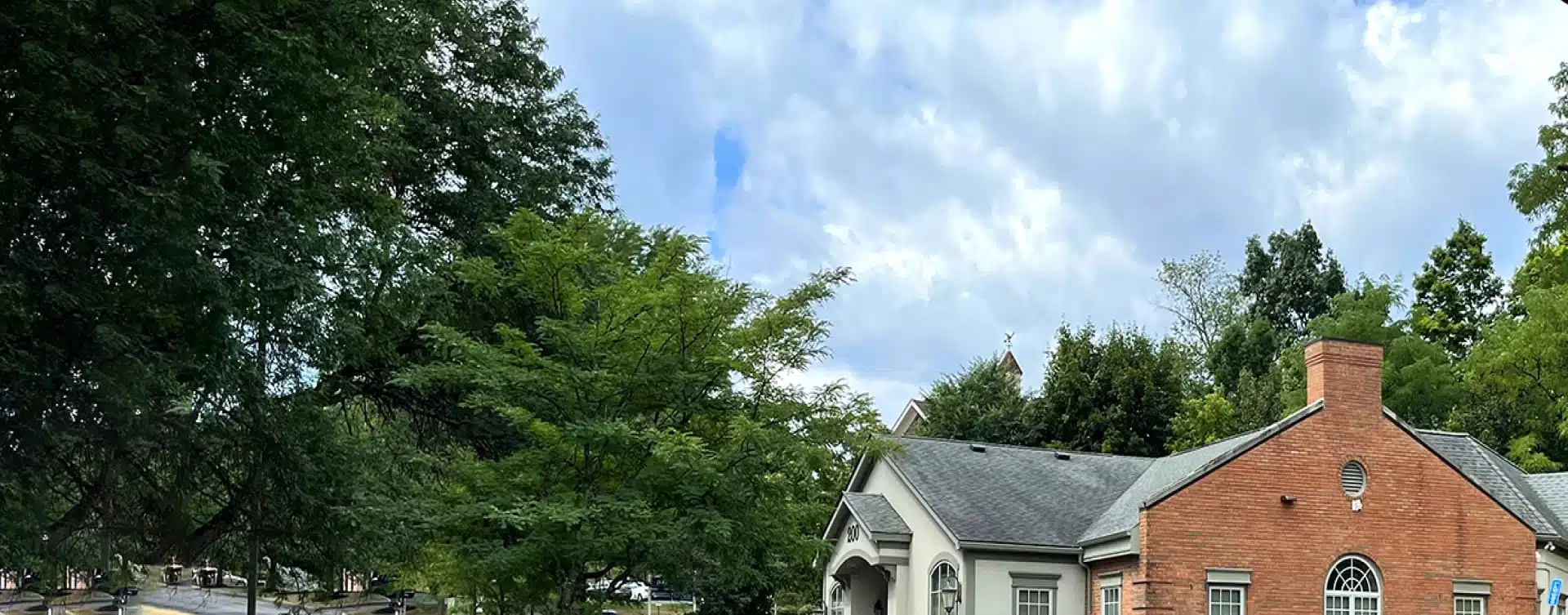Experience the Benefits of Advanced Hair Renewal
Rediscover the joys of a fuller, livelier mane without diving into surgical avenues. Dr. Rubinstein in Newburgh, NY, brings to you Growth Factors Hair Restoration, a solution nestled in the wonders of your body’s innate potential to rejuvenate hair, aligning authenticity with innovation.
What are Growth Factors Treatments?
Growth factors are a non-surgical method of treating the patient with his or her own blood. Growth factors have been used in many different medical specialties, not just for treating hair loss. For instance, growth factors have been a successful treatment for tendon injuries and other orthopedic applications for many years. This is due to the way the blood is prepared and used to stimulate growth in the body.
Once the blood has been drawn, it is put through a process known as centrifugation, which involves separating the growth factors from the red blood cells. By concentrating the growth factors count in the remaining growth factors, the resulting growth factors can help patients grow hair, recover from injuries, or reap other medical benefits. When used for hair loss, the growth factors solution is injected and microneedled directly into the scalp to stimulate hair follicles to produce more hair growth.

Start Your Journey to Success, Don’t Wait More!
Schedule a consultation with Dr. Rubinstein

Who is an ideal candidate for PRP?
The best candidates for growth factors treatments are men and women with thinning hair, optimally when hair loss is just beginning to become apparent. While growth factors can be effective in people who already have significant balding, it has proven most effective for thinning hair and further hair loss prevention. Patients should be in good health, and have realistic expectations for the results of the procedure. The effectiveness of the treatments can vary from one patient to another, and being aware of this can help prevent unrealistic expectations.
PRP FOR HAIR LOSS Procedure: Recovery and Downtime
Because the procedure is minimally invasive, patients are able to get back to their normal activities almost immediately. Patients may experience minor swelling, bleeding, and bruising of the scalp following Growth Factors treatment, due to the fine needles used to deliver the growth factors. However, these side effects should subside fairly quickly and are generally well controlled with Tylenol and ice as needed. There is almost no limitation on normal activity following growth factors; we only recommend refraining from exercise on the day of treatment following injections. This makes the treatment ideal for busy lifestyles.
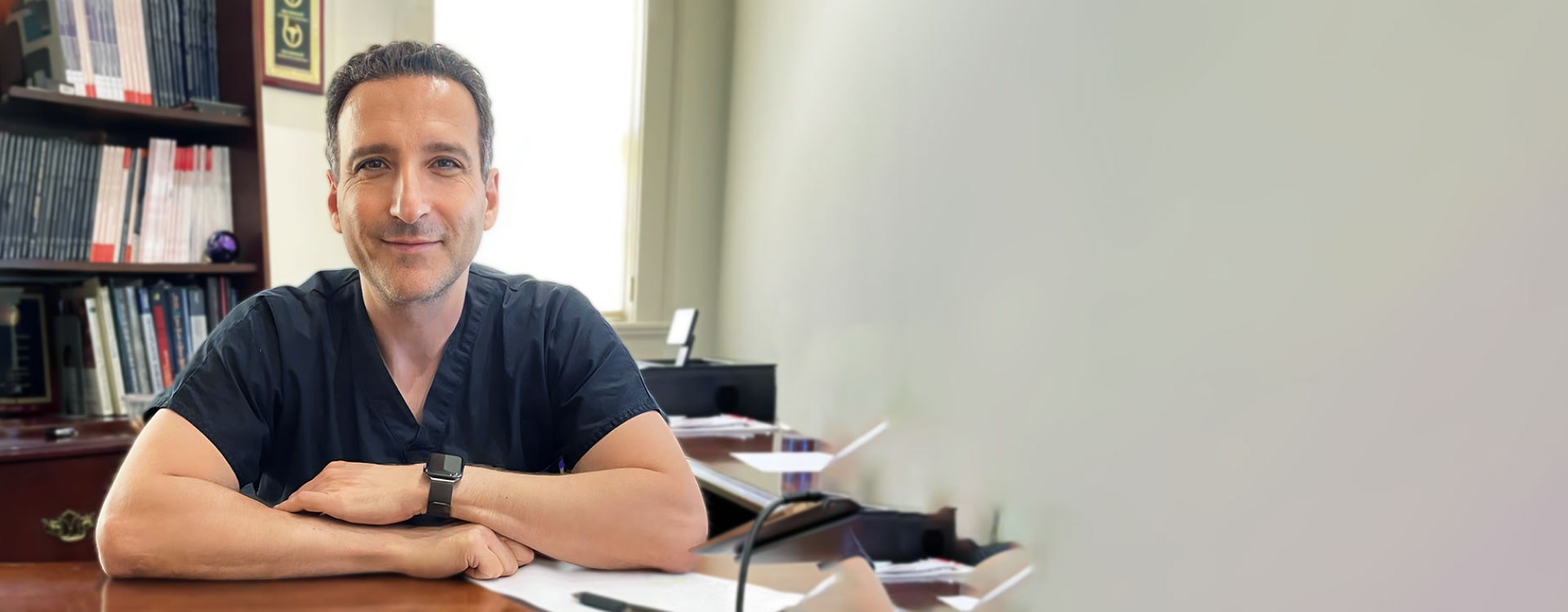
the procedure
The PRP HAIR RESTORATION Procedure
The growth factors treatment itself is very straightforward. The entire process takes about 30 minutes. First, blood is drawn for processing. It is then refined to concentrate growth factors levels, making it suitable to stimulate hair growth. Once the growth factors is fully prepared, the scalp will be cleaned, and the growth factors will be injected and microneedled directly into the areas affected by hair growth. There is minimal discomfort as we offer Pro-Nox (inhaled nitrous oxide gas) during the procedure. Sedation is not required, and patients can drive themselves home after each treatment. Most patients will require 4 initial treatments spaced 6-8 weeks apart followed by maintenance treatments 2 times per year.
Results of PRP Procedure
Though most people see at least some hair regrowth with growth factors, the results are not instantaneous. Due to the hair growth cycle and the natural stimulation provided by growth factors treatments, most patients should expect to see results within 3-6 months. It’s important to note that results will vary based on the individual and the stage of hair growth they were in when starting treatments. For best results, patients must be committed to undergoing regular treatments.


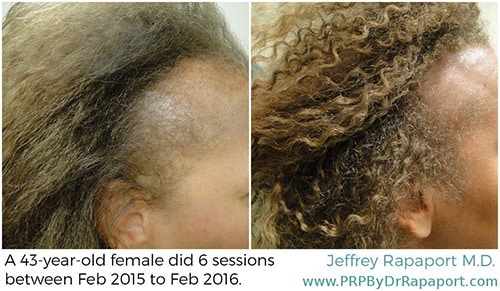
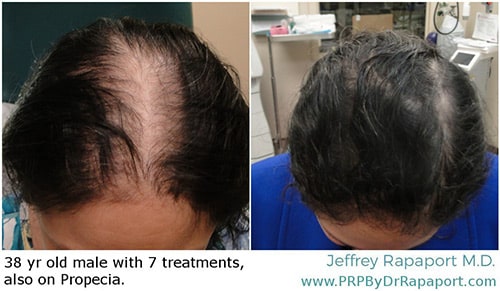
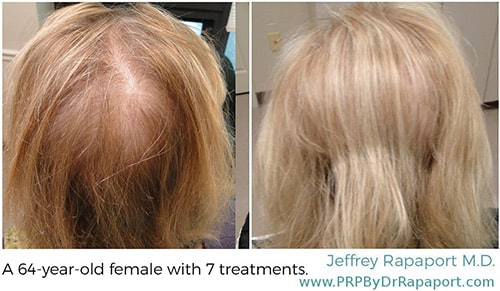
*Each patient is unique and individual results may vary.
Why Choose
Dr. Rubinstein
- Dr. Rubinstein is one of the top facial plastic surgeons in New York & New Jersey.
- He is double board certified by the American Board of Facial Plastic Surgery and the American Board of Otolaryngology-Head and Neck Surgery.
- Dr. Rubinstein has been in both private and academic practice for over 20 years.
- He is also an active member of the American Society for Laser Medicine & Surgery.
- Clinical Professor at New York Presbyterian Hospital.

